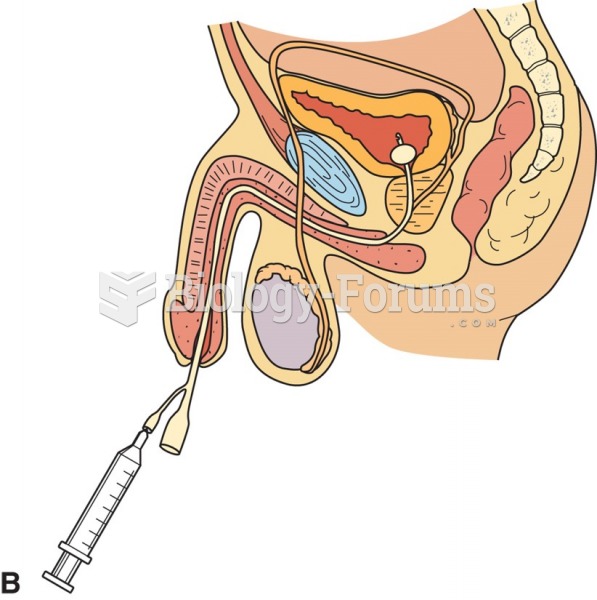|
|
|
The first oral chemotherapy drug for colon cancer was approved by FDA in 2001.
Warfarin was developed as a consequence of the study of a strange bleeding disorder that suddenly occurred in cattle on the northern prairies of the United States in the early 1900s.
If you use artificial sweeteners, such as cyclamates, your eyes may be more sensitive to light. Other factors that will make your eyes more sensitive to light include use of antibiotics, oral contraceptives, hypertension medications, diuretics, and antidiabetic medications.
If all the neurons in the human body were lined up, they would stretch more than 600 miles.
According to the FDA, adverse drug events harmed or killed approximately 1,200,000 people in the United States in the year 2015.







